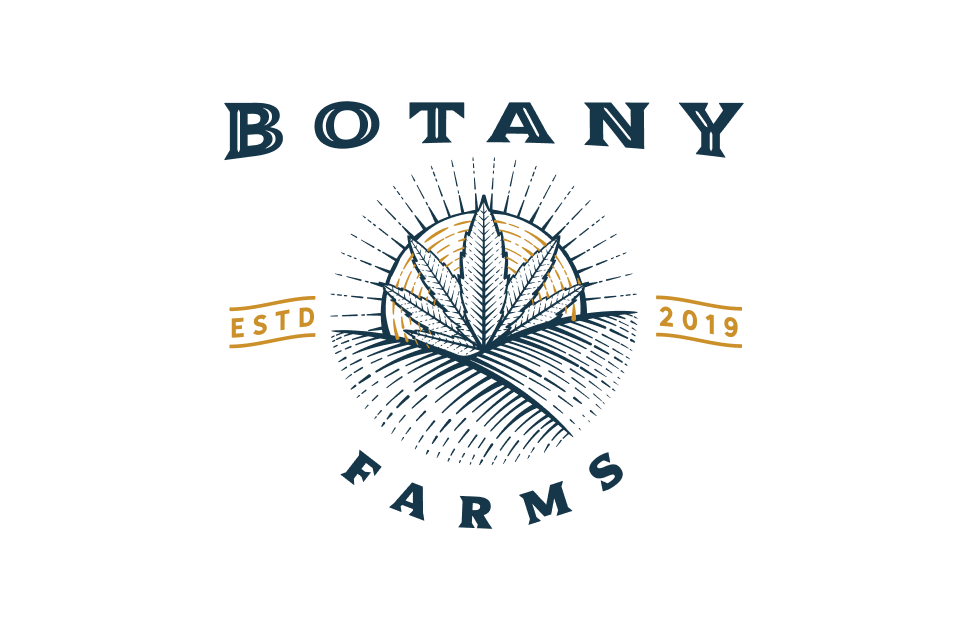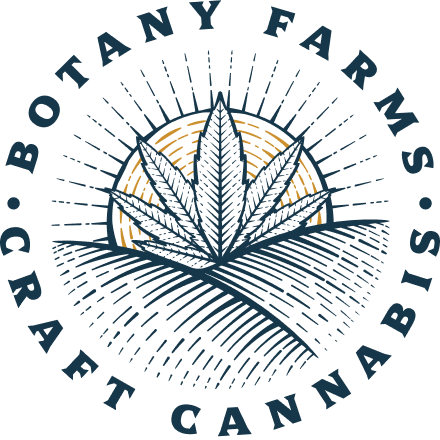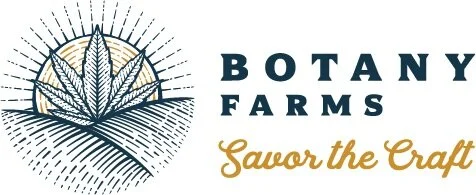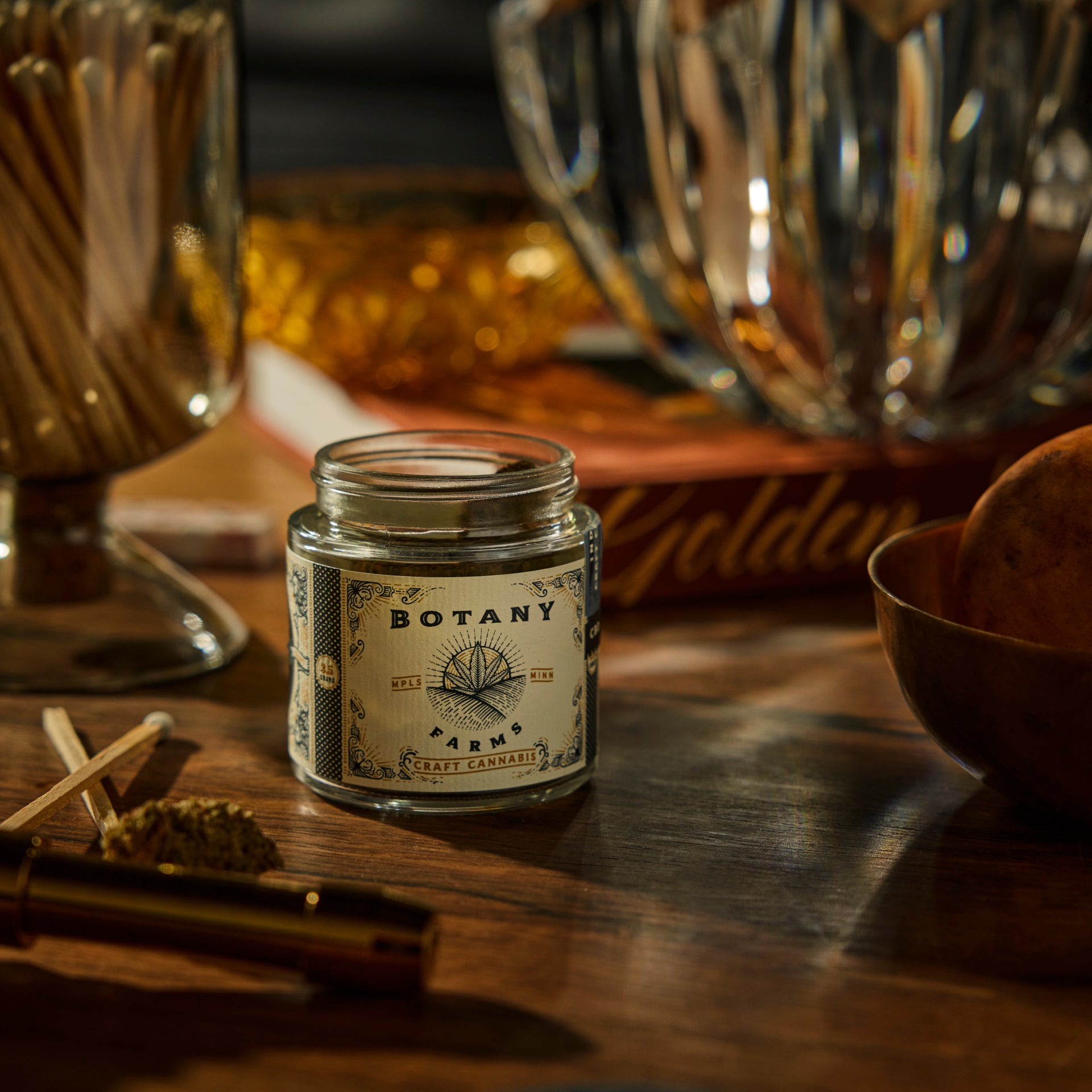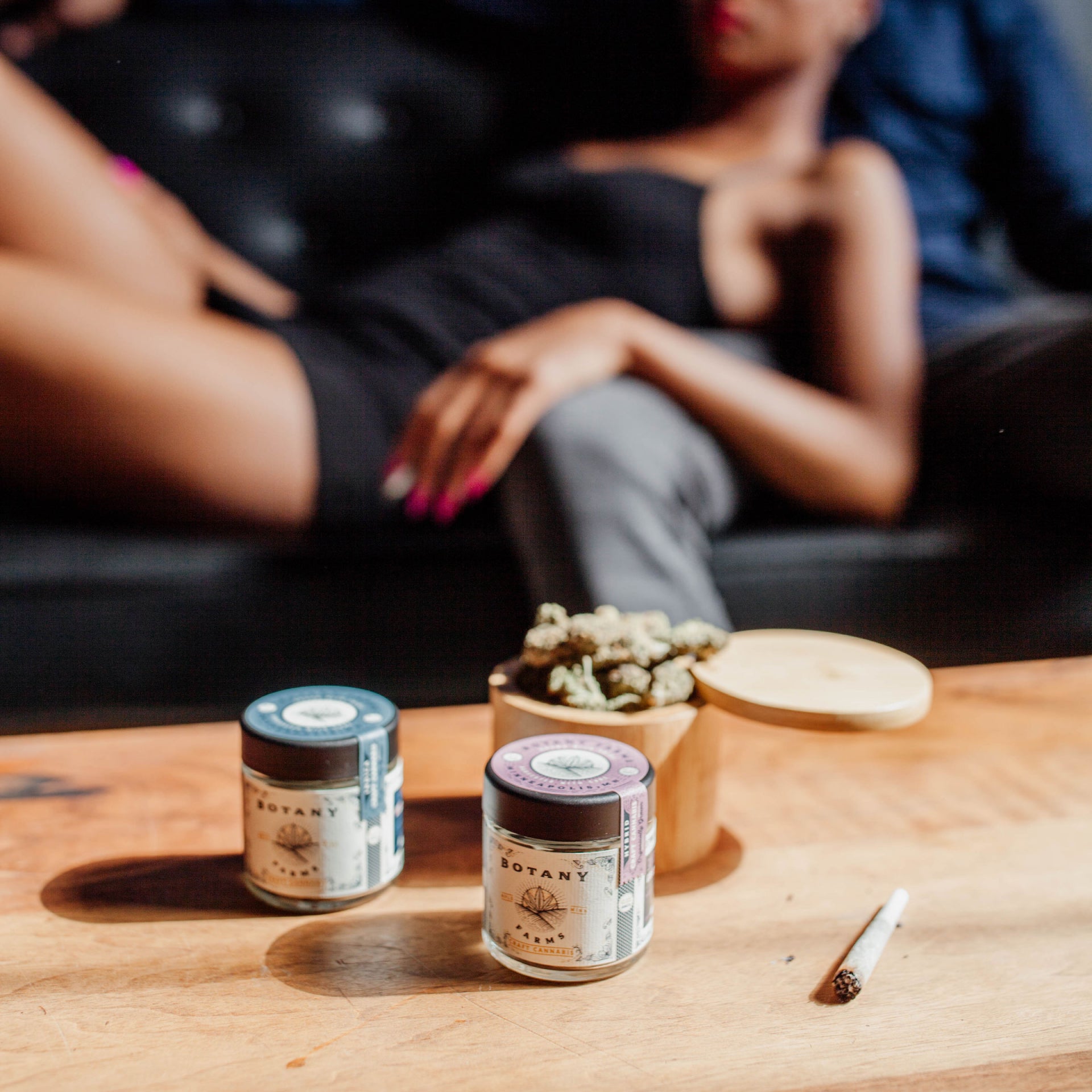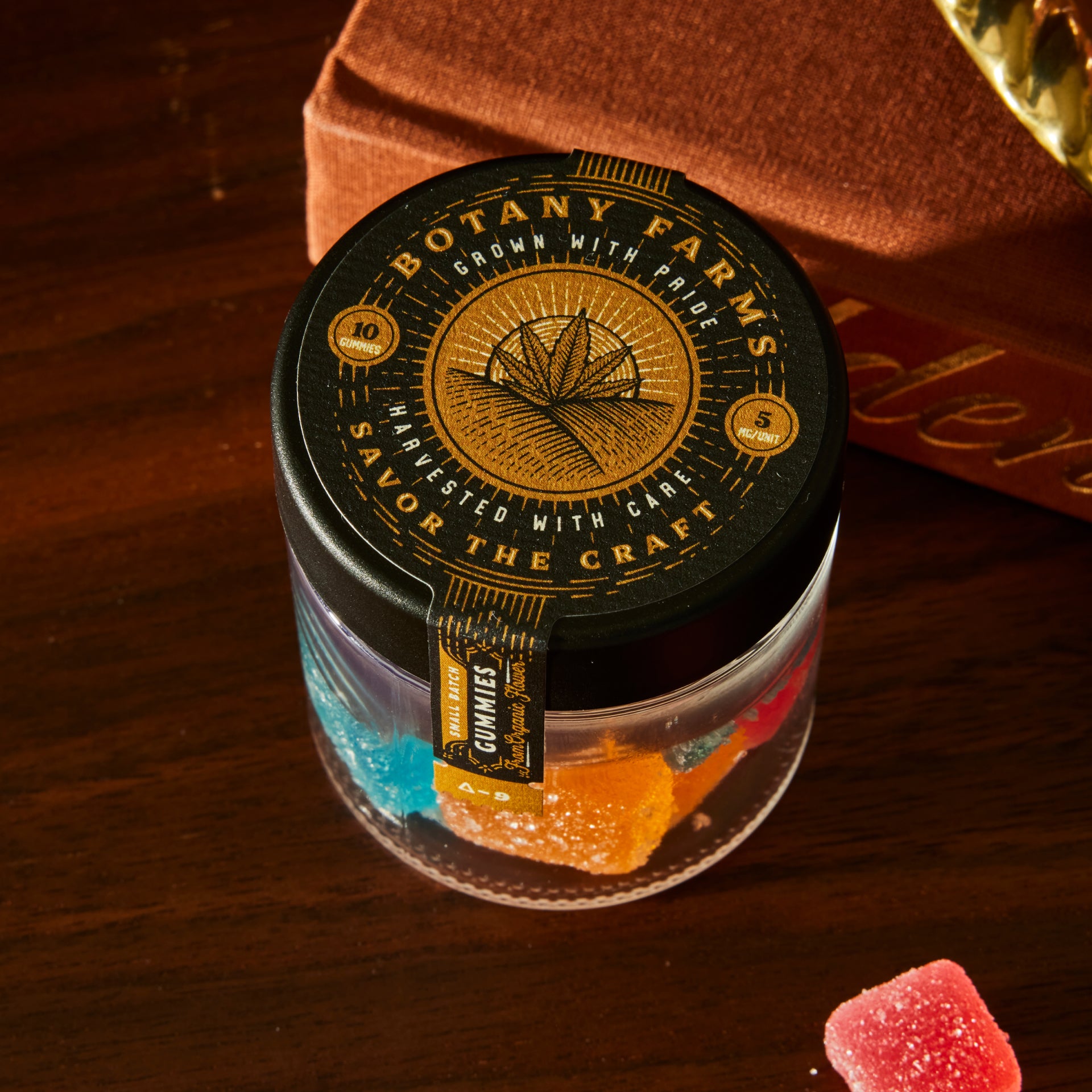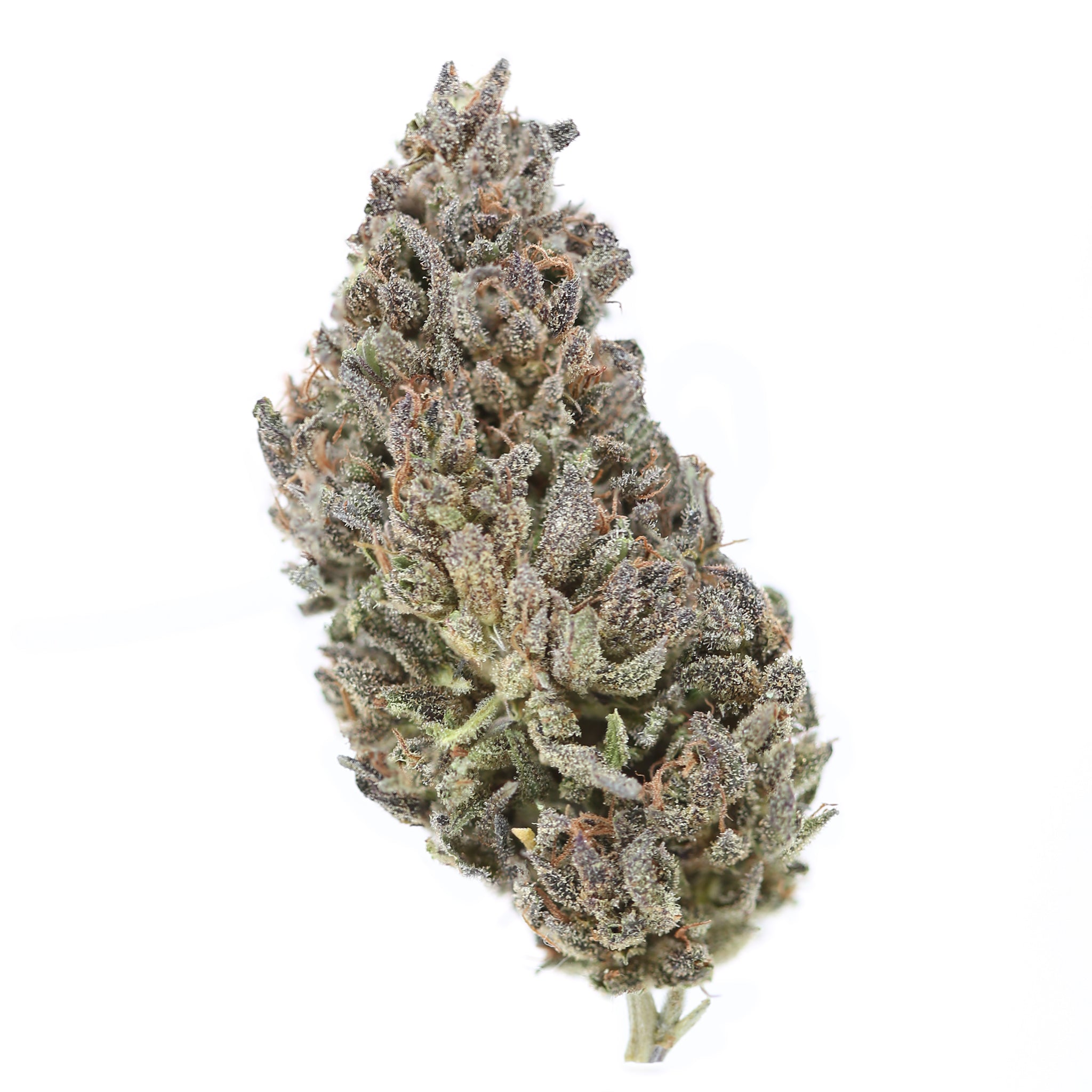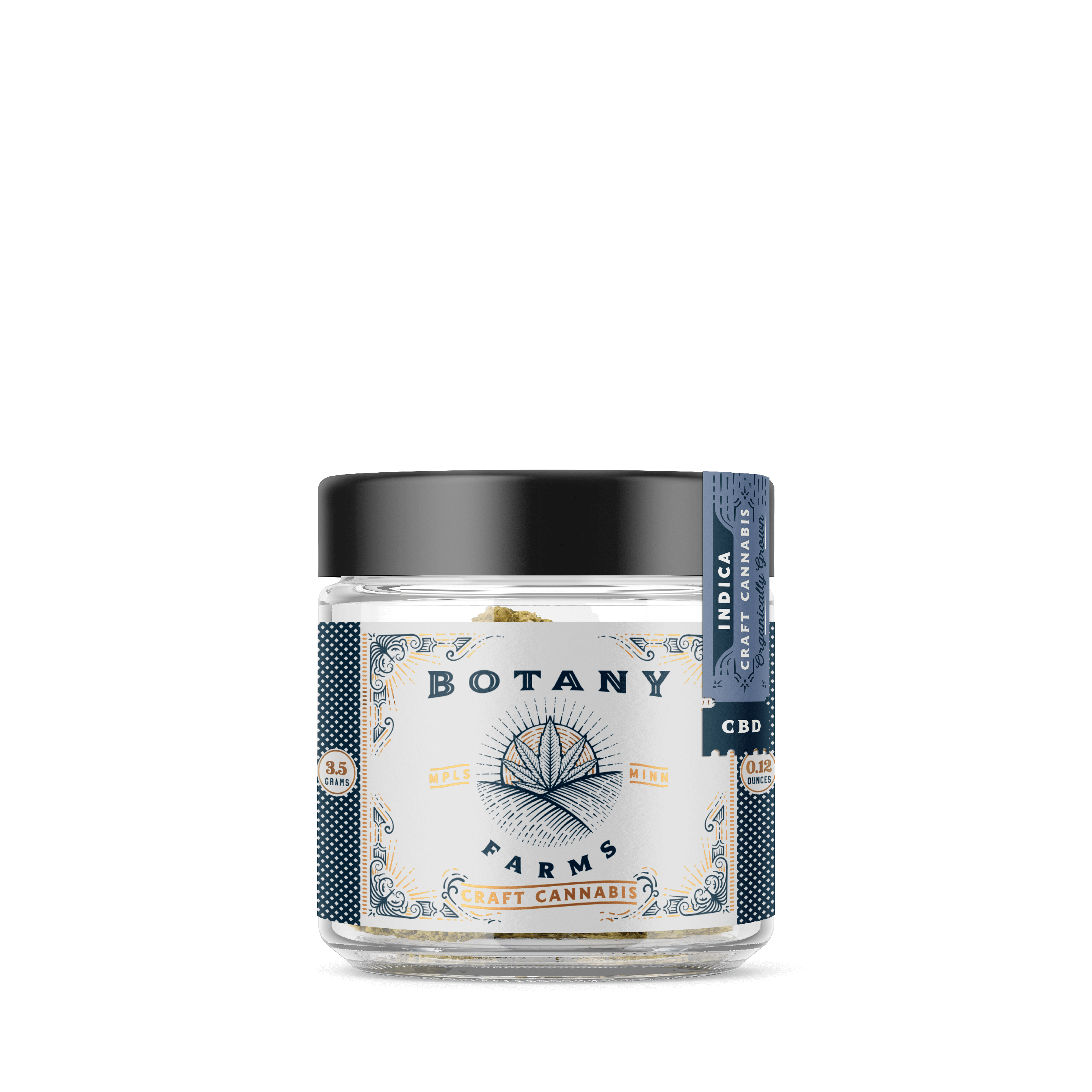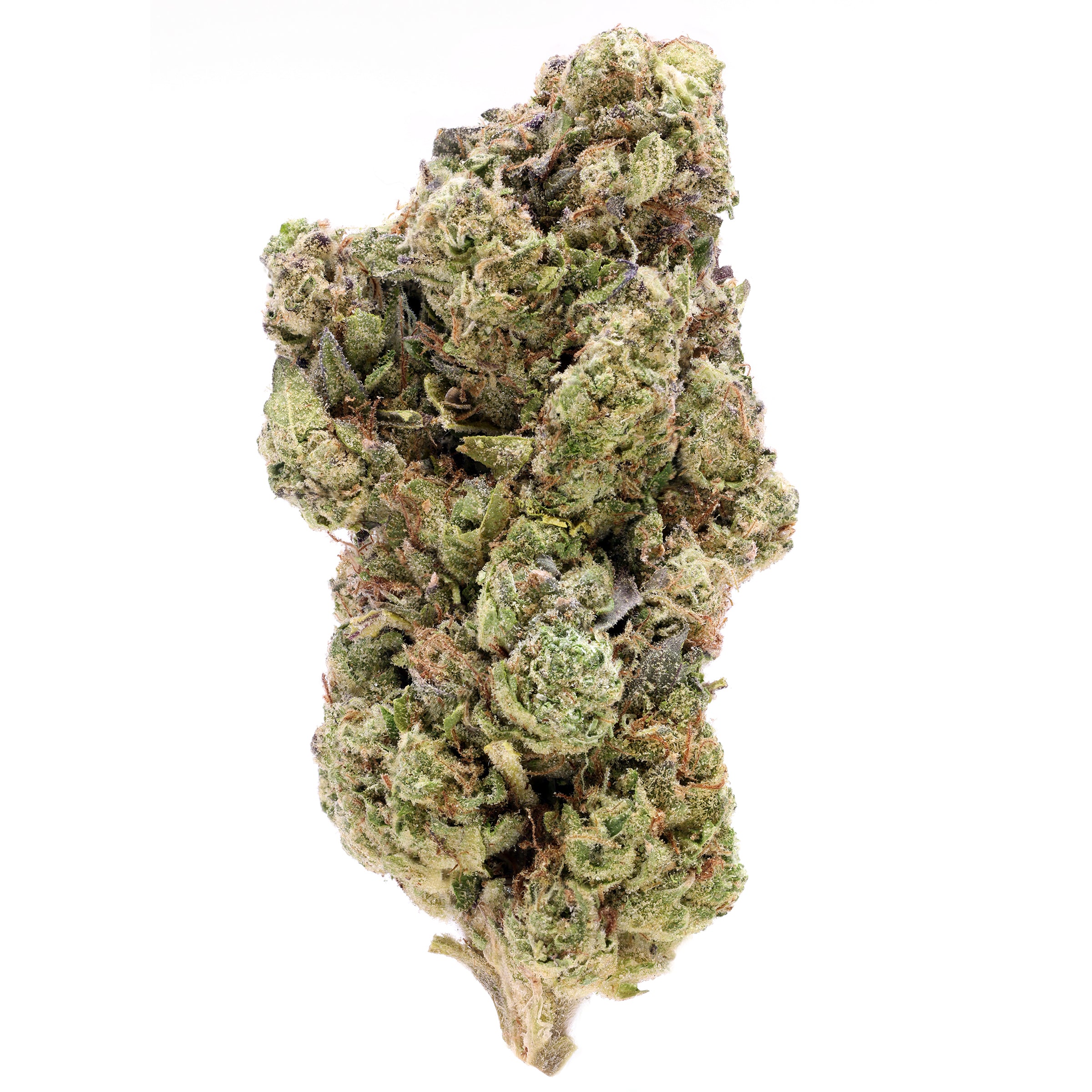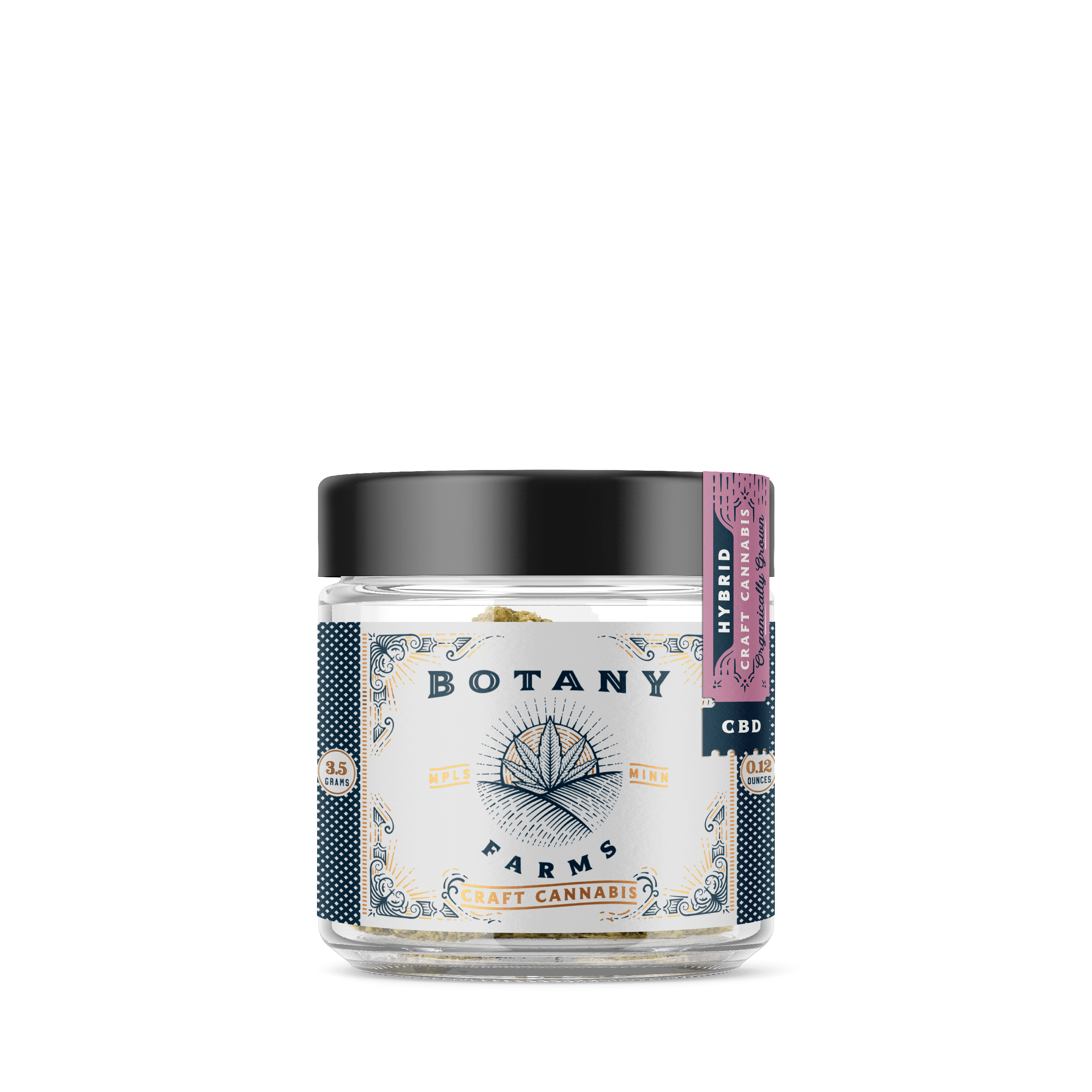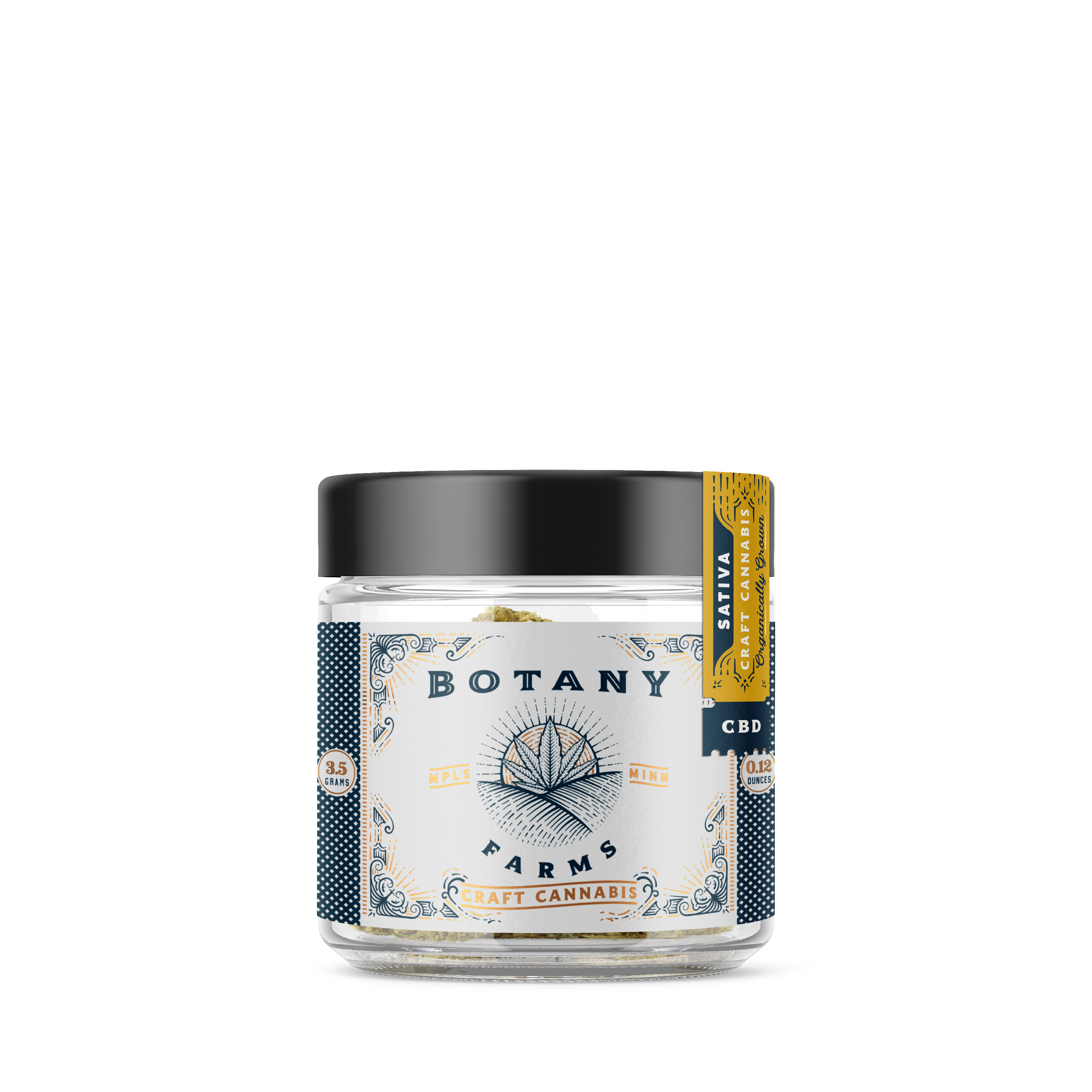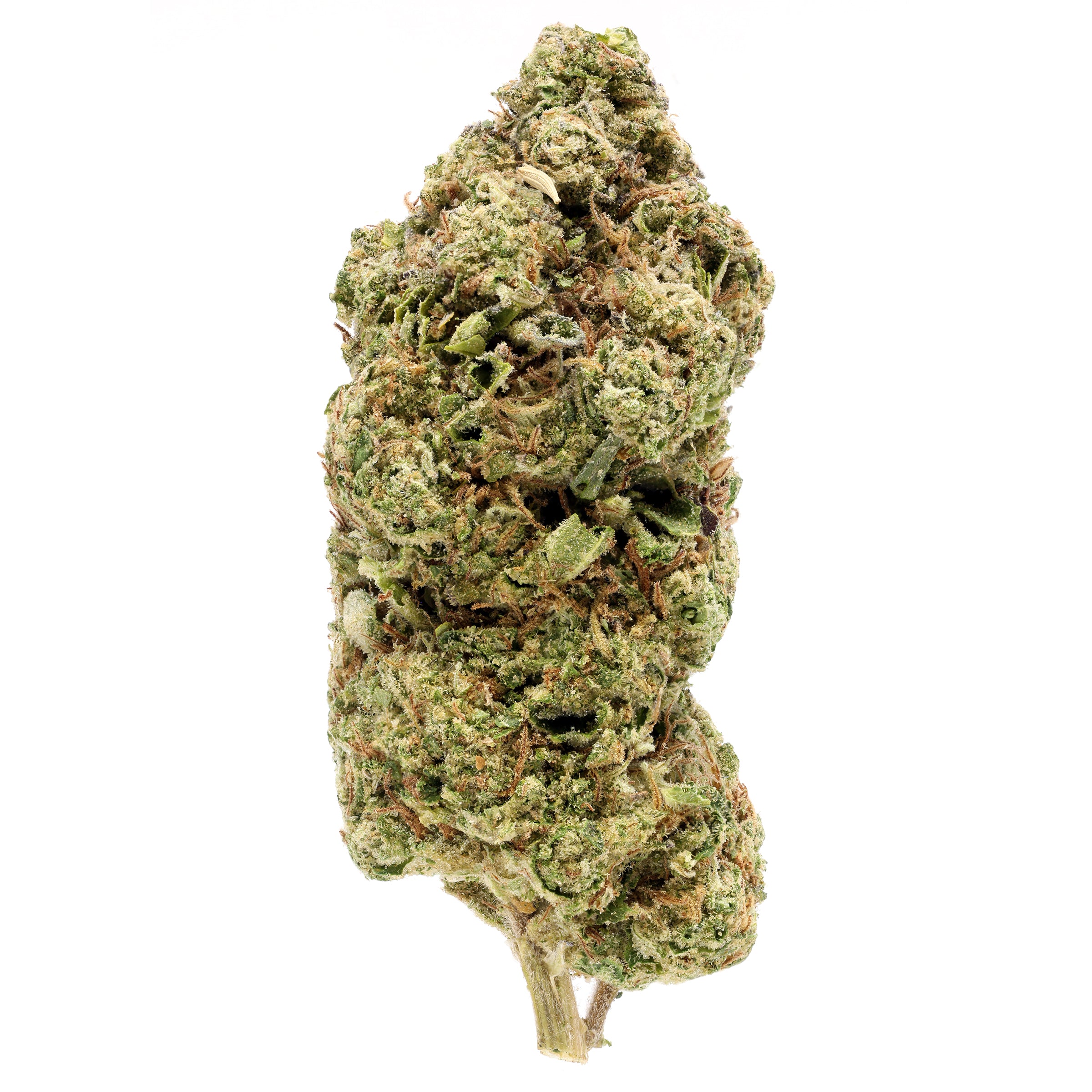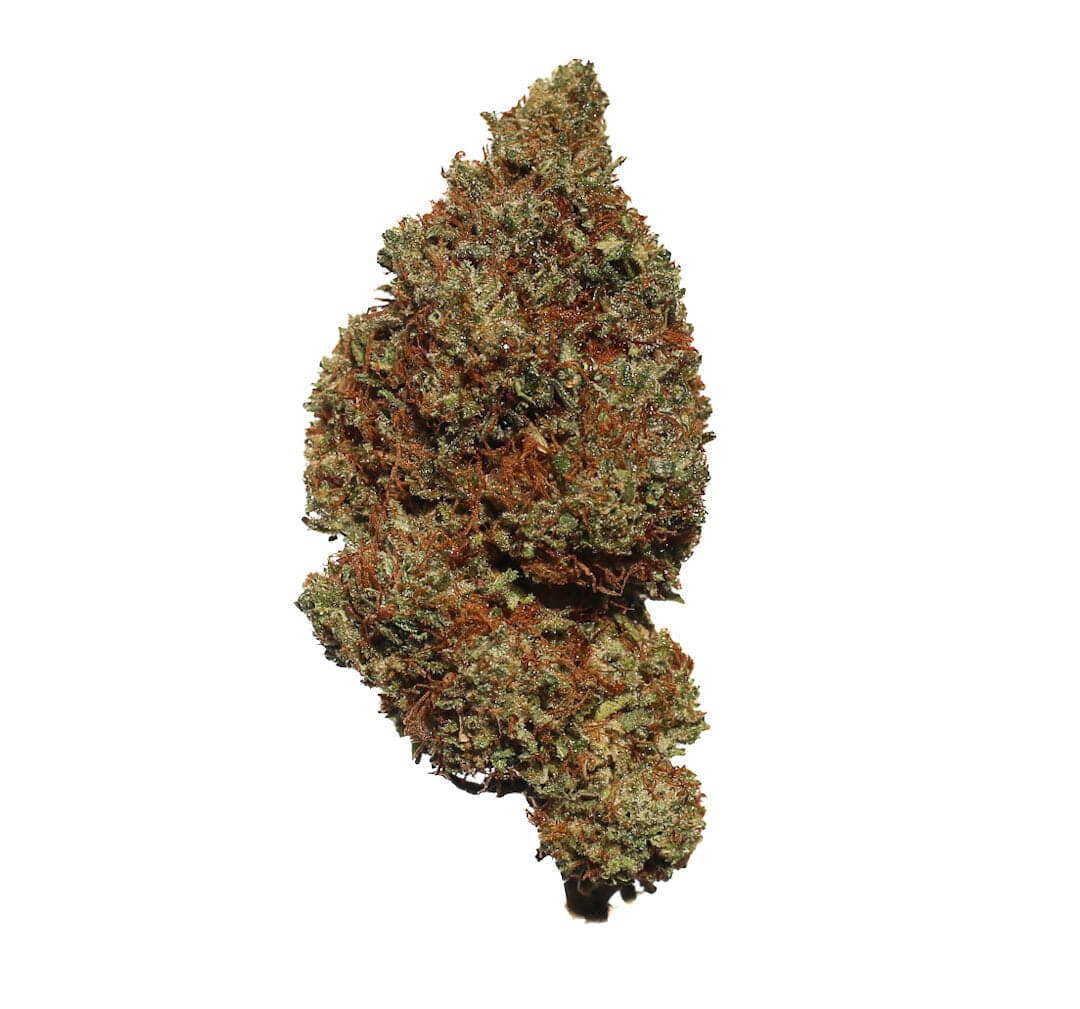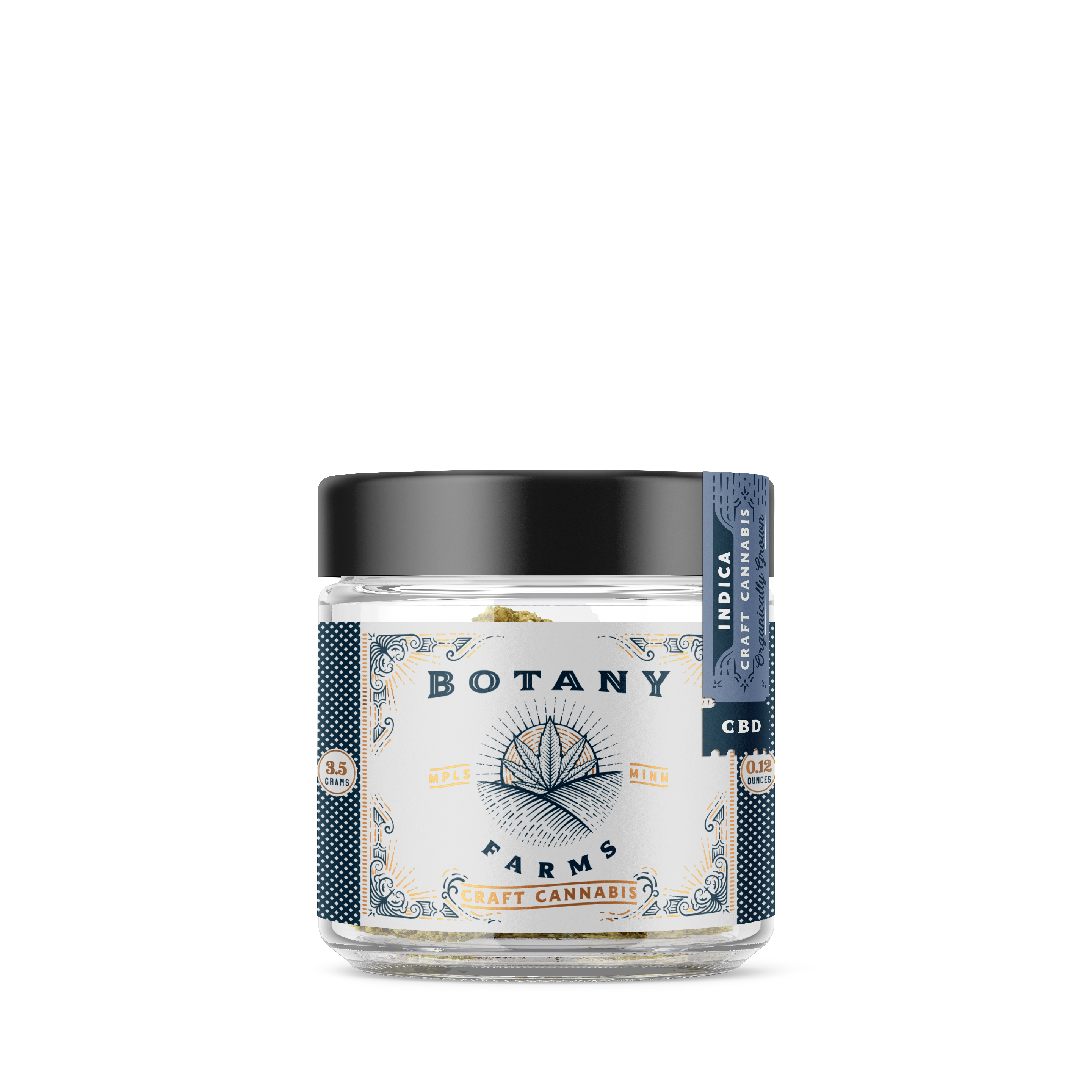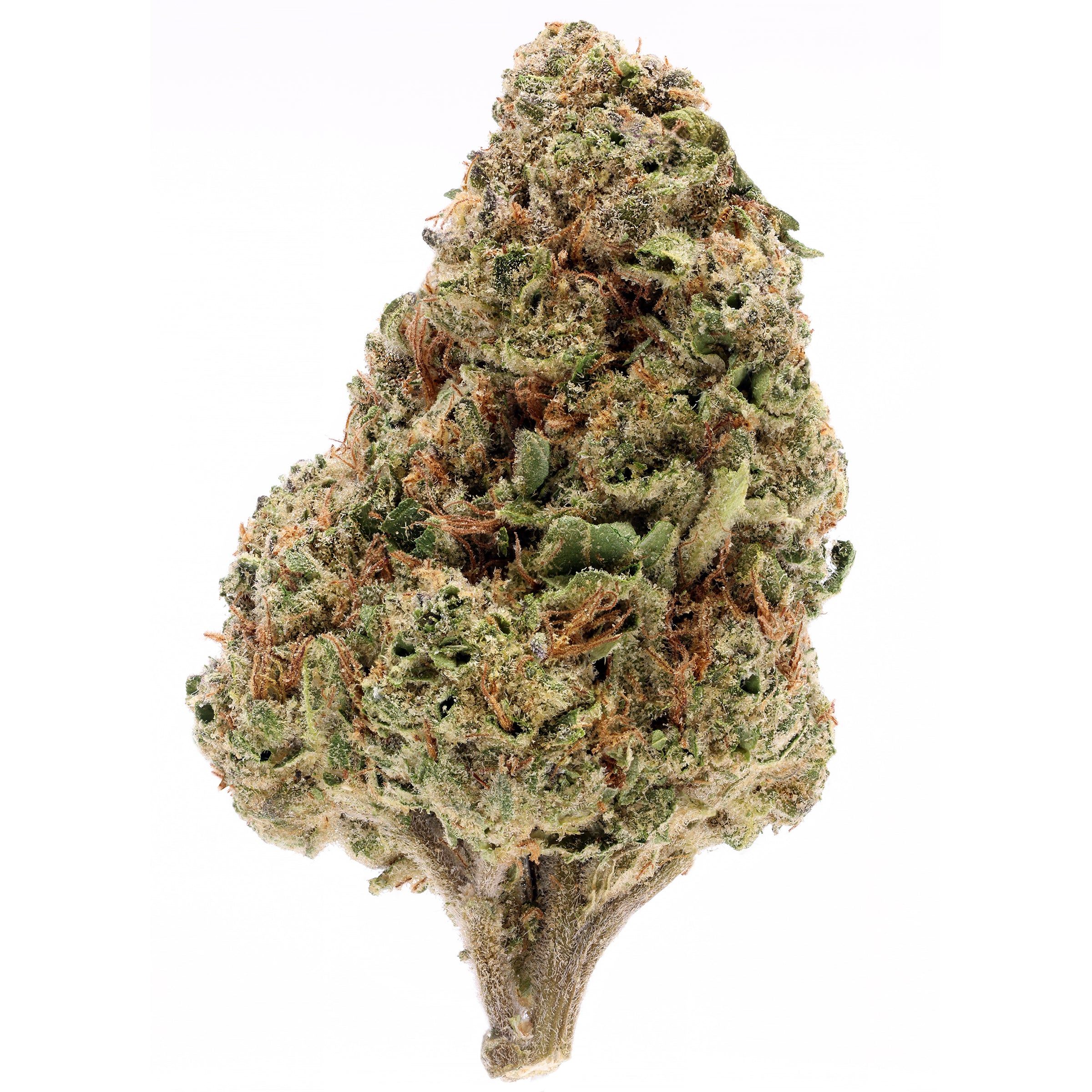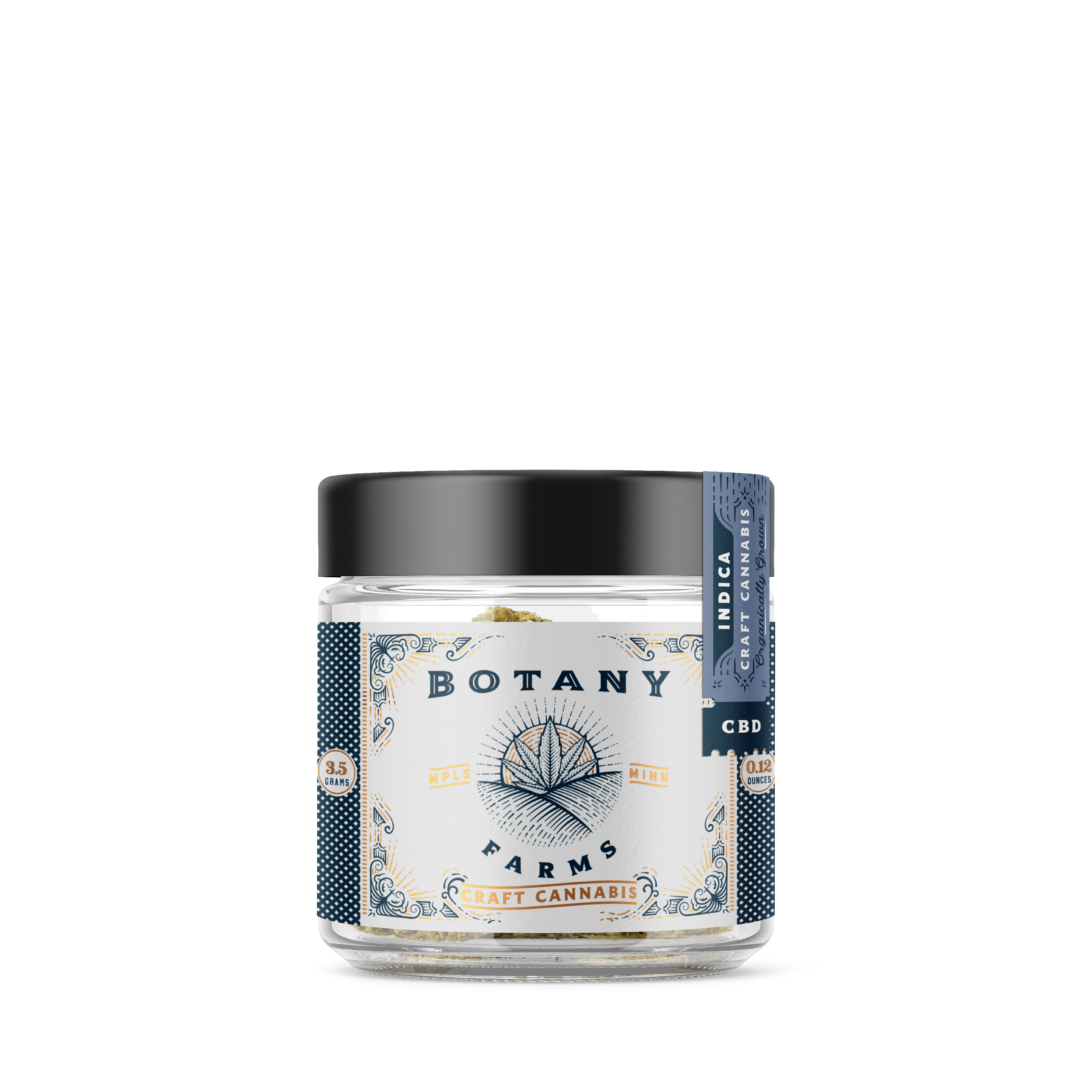Trichomes, it's a word that you've probably heard before in reference to cannabis or weed. Indeed, the trichomes on the cannabis plant are by far one of the most important components, if not the most important component of all.
That said, what are trichomes? What do trichomes do? Are there different types of trichomes?
The reality is that this topic of trichomes is much more complex than most people know, even cannabis connoisseurs.
For instance, most people don't know that there are actually many different types of trichomes, and they're all quite different from each other. This is just one of the nuances about trichoes that we're going to talk about today. Let's get to it and figure out what exactly trichomes are, what they do, and more.
Key Takeaways
- Trichomes look like small hair-like mushrooms found on the exterior of cannabis and other plants.
- Their main purpose is to defend the plant from disease, UV, drying out, and predators, as well as to encourage pollination from pollinators.
- These trichomes produce all of the cannabinoids, terpenes, and flavonoids that we love cannabis for.
What Are Trichomes?
Trichomes, strictly speaking, are classified as the very fine outgrowths or appendages on algae, plants, and lichens. The origins here are from a Greek word
Trichoma, which translates to
the growth of hair.
In simplest terms, these trichomes are small glandular hairs that grow on the appendages of plants, such as cannabis. So, for those of you who didn't know, trichomes don't only appear on cannabis plants, but on most plants out there.
Now, there does seem to be a bit of confusion between trichomes and root hairs. You may see small hairs on cannabis plants, but these may be root hairs. These are tertiary and secondary roots that look like fine hairs.
They are designed to absorb nutrients and moisture from the surrounding grow medium or soil, with the purpose of feeding the plant.
These are found under the ground, or in other words, on the roots of the plants. However, the trichomes are found on the parts of the cannabis plant that are above the ground. As you're about to find out, trichomes serve a variety of purposes, all of which are very important.
Why Are Trichomes in Cannabis Important?
There are a few reasons why trichomes and cannabis plants are very important. Now, what exactly the importance is depends on the type of trichome in question. If we are talking about importance to the health of the plant itself, trichomes serve as a defense mechanism.
This is especially the case if we are talking about non-glandular trichomes. These are also known as cystoliths. The purpose of these non-glandular trichomes is to impale small insects. By impaling small insects, it prevents these pests from eating and damaging the plant.
If we are talking about glandular trichomes, the main purpose of these is to produce cannabinoids, such as the THC and CBD that we are also fond of. That said, cannabis plants don't produce these cannabinoids for your benefit or pleasure. In fact, these cannabinoids or glandular trichomes also serve specific purposes.
For instance, the glandular trichomes help to protect cannabis plants from UV light and desiccation. In other words, it helps prevent the plant from taking damage from UV rays, and it also helps prevent the cannabis plant from drying out.
Certain cannabinoids also act as insect deterrence, mainly because they have a very strong aroma and bitter taste. Insects often don’t like the smell or taste of these trichomes.
As you might be able to guess, trichomes are therefore also responsible for the production of flavonoids and terpenes. So, while the main purpose of trichomes for you is to get high and to reap the benefits of cannabinoids, for the cannabis plant, it's all about survival.
What Do Cannabis Trichomes Look Like?
If you were to look at them with your naked eye, trichomes, particularly those that are actually visible to the naked eye, look like small hairs. If you look at them even closer, they usually have small glands or heads at the top.
In other words, they look like extremely small mushrooms with very small heads. Some types of trichomes are visible to the naked eye, whereas others are only visible via magnification.
This depends on the type of trichome, which we are about to discuss below. They are often clear in color, but as they mature, often turn reddish, amber, or brownish in color.
What Are the Different Types of Cannabis Trichomes?
What is important to note is that there are various types of trichomes. These can be separated into two categories, including glandular trichomes and non-glandular trichomes, which we will discuss further below.
However, the important type of trichome you need to be familiar with is the glandular trichome, because these are what produces cannabinoids, terpenes, and flavonoids.
These include bulbous trichomes, capitate-sessile trichomes, and capitate-stalked trichomes. Let's take a quick look at all three.
Bulbous Trichomes
First we have the bulbous trichomes, and these are just very tiny dots that can be found on the surface of the canvas plant. These are microscopic in nature and cannot be seen with the naked eye.
These trichomes create a shiny, crystally, and sticky layer on the outside of cannabis flowers. They tend to be evenly distributed. However, whether or not these actually produce cannabinoids is questionable.
Capitate-Sessile Trichomes
We then have capitate-sessile trichomes, which are much more abundant than bulbous trichomes, and also slightly larger. However, they can still not be seen with the naked eye, and require magnification to see.
These feature a classic mushroom shape, along with secretory cells at their base, which produce terpenes and cannabinoids. This type of trichome is the one most commonly found on the underside of the fan leaves and the sugar leaves.
Capitate-Stalked Trichomes
The capitate stalked trichomes is the only one that can be seen with the naked eye, without the need for any magnification. These trichomes look exactly like capitate-sessile trichomes until they are fully formed, as they look like very small mushrooms with bulbous heads at the end of a stalk.
However, the difference of course is that these ones are much larger. They are also the most abundant type of trichomes on the cannabis plant.
This also happens to be the type of trichome that has the biggest secretary cells at the base, which serves to reason that they also produce the most cannabinoids, terpenes, and flavonoids. If you are making
live resin, these capitate-stalked trichomes are what you need.
Trichome Production and Lifecycle
On a healthy cannabis plant, trichomes usually appear somewhere during the early flowering stage, usually in the first week or two of the flowering stage.
For those of you who don't know, cannabis plants first go through a seedling stage for a couple of weeks, followed by a vegetative state where plant matter grows, followed by the flowering stage, characterized by the growth of buds or flowers.
Trichomes usually never appear during the vegetative state, and only start once the flowering stage begins. Depending on the exact species of cannabis, flowering may begin anywhere between 3 and 16 weeks after initial growth occurs.
Trichomes should be very clear or even opaque, often with a milky white color. They begin clear, which means that they are not yet ready. When you trichomes or milky white in color, that's when they are ready. Eventually, they begin to turn red or even amber. Take note however, if your trichomes turn amber, it's a sign that they are well past their peak.
This means that you've waited too long to harvest your cannabis plant. At the end of the day, this means that the vast majority of cannabinoids contained in those trichomes have likely dissipated. You always want to harvest your cannabis plants when those trichomes are still Milky white, or just beginning to turn color.
Glandular vs Non-Glandular Trichomes
As mentioned previously, there are both glandular trichomes and non-glandular trichomes. Glandular trichomes are the ones that produce cannabinoids, terpenes, and flavonoids. These are the ones that can be separated into the three categories as discussed above.
We then also have non-glandular trichomes, which do not produce any cannabinoids. These may also be referred to as cystoliths. Their primary purpose is to serve as a defense mechanism for the cannabis plant, as they impale small insects.
Is There a Connection Between Trichomes and Terpenes?
Yes, there is a connection between trichomes and terpenes, especially those capitate-stalked trichomes. The vast majority of terpenes and flavonoids found in the cannabis plant come from this specific type of trichome.
As mentioned above, trichomes are by nature designed to help protect the plant matter, and those terpenes are a part of that defense mechanism. To be clear, terpenes are the compounds or substances found in various plants such as cannabis that produce flavor and aroma. In simplest terms, they are like the essential oils of plants.
Although
terpenes do make various plants and fruits enjoyable to smell, eat, or even smoke, that is of course not their main purpose. One of the main purposes of the terpenes found in cannabis plants is to protect from insects.
Those smells and flavors often deter insects, therefore keeping the cannabis plant alive. There are also terpenes that help to protect plants from diseases.
There are also other terpenes designed to lure in pollinators that help to spread the pollen of the plant and pollinate individual plants, therefore ensuring the growth of future generations. This is why certain plants have certain smells, to deter various predators and to lure in pollinators.
Do Trichomes Get You High?
This might be a bit of a confusing question to some, because realistically, yes, the trichomes contained in cannabis plants get you high. However, it's not actually the trichomes themselves, but rather the cannabinoids that trichomes produce.
For instance, the most abundant cannabinoid found in cannabis plants, THC, is found in abundance in these trichomes. So, technically speaking, it's the THC, as well as other cannabinoids, that gets you high, but these are all found in the trichomes of the plant.
Does Grinding Weed Destroy Trichomes?
There are some grinders, particularly those that produce a lot of friction, that may damage trichomes and reduce their potency. However, as long as you don't move too fast or produce too much friction, it should be fine.
On the other hand, some of those trichomes do get stuck in grinders. It's that crystal, powder, or kief that most people collect.
Most grinders come with a special very fine net where the crystals can fall through and are gathered in a separate compartment. Realistically, as long as you don't leave those crystals inside of the grinder, you really shouldn't suffer from any big losses.
Conclusion
As you can see, trichomes are important both to cannabis consumers and to the cannabis plant itself. As far as we are concerned, trichomes produce the cannabinoids that we love to consume and the flavors we love to taste.
As far as the plant itself is concerned, those trichomes act as a survival and defense mechanism.
Click here if you’re interested in finding out what CBD hash is!
Where to Buy Cannabis Flower Online
If you are looking to buy some righteous cannabis flower online, look no further than right here at Botany Farms.
We have some really awesome options for you to check out, such as this super tasty
Delta-8 Strawberry Banana Kush.
Many people also love this
Sugar Queen CBD Strain. Our own
Botany Farms HHC Lemon Diesel CBG Pre-Roll is yet another fan favorite.
Thanks for stopping by! Why not give some flower from our Farms a try?
